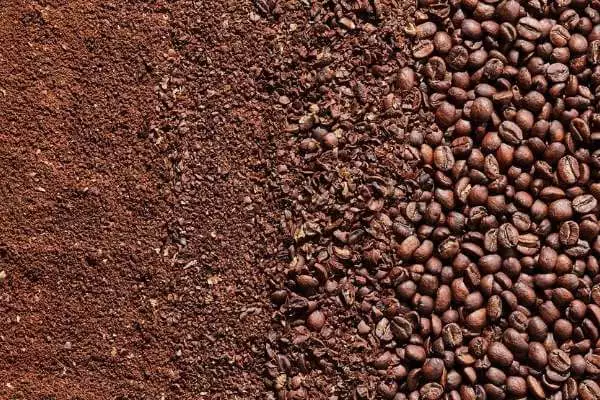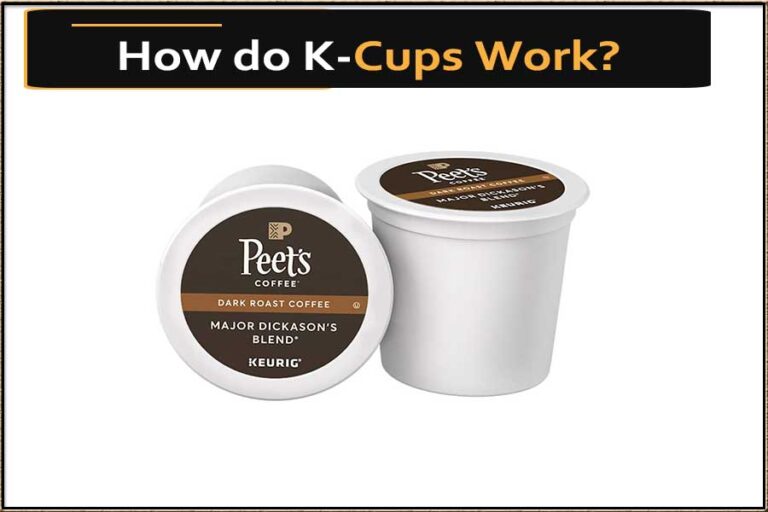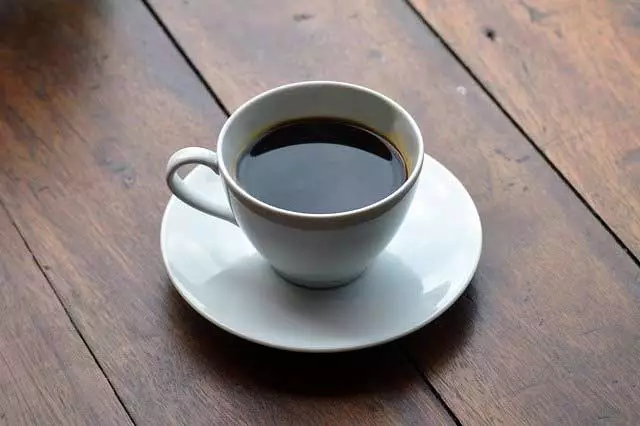How to Make Coffee in an Electric Percolator
We like to think of coffee as a necessity around here. It is difficult to imagine a day that does not begin with a strong cup of coffee (or with an ice-cold glass of cold brew). Whether you take your first sip or not, just the aroma can perk you up for a busy day.
What Is a Coffee Electric Percolator?
Percolators are a type of coffee brewing machine invented in the 1950s. They are usually powered by electricity. The advantage of electric coffee makers over the stovetop or French press percolators is that they are much easier to use – you don’t need much experience to operate them. They have an automatic shut-off feature if you over brew your coffee.
An over-the-counter percolator is a simple coffee maker in which water continuously passes through coffee grounds to extract the flavour. In my opinion, percolator coffee fans enjoy the brew’s intense flavour, which is closer to stovetop espresso or French press coffee than drip coffee. On the other hand, if you don’t closely watch both the temperature and brew time, you may easily over-extract the coffee.
What is Percolation?
This is the process by which a medium (which is steam) passes through a porous material (in this case, coffee grounds).
Percolators are similar to drip coffee makers, consisting of an espresso pot that looks like a kettle, a chamber connected by a tube that creates power using a vacuum to create a powerful brew.
How Do Electric Percolators Work?
To make coffee using a coffee pot, place coffee grounds into the top chamber and fill the bottom chamber with water. It is believed that the coffee grounds are infused with water, resulting in air bubbles forming in the bottom chamber of the machine, which rise to the top of the machine through a pump. During this process, the ground coffee releases oils into the coffee pot.
As the name implies, perked coffee is prepared by letting water flow slowly upward into a kettle through coffee grounds in order to strengthen the filter with each subsequent infusion, resulting in stronger coffee. In fact, spending too much time stirring back and forth in the pot could result in burnt and bitter coffee, whereas this can be avoided by shortening the cooking time.
How Much Coffee to Use in a Percolator
It is important to note that the ratio of the coffee to the water in percolators is the same as that in drip coffee machines. It is common to use one tablespoon of coffee grounds per 8 ounces of water. It is possible to adjust the amount of coffee you use depending on your preference, using less if you like a weaker brew and more if you like a stronger one.
How Much Coffee to Use in a Percolator
There is a fundamental requirement in brewing coffee in a percolator: you know how long to brew it to get the desired result, which is only achieved after a few rounds of practice.
Typically, a percolator pot can make about 12 cups of coffee at a time, so five tablespoons of coffee will be similar to a single scoop.
Some countries measure their scoops by the number of teaspoons that one should use as a guideline for making around six cups using three teaspoons.
How to Use an Electric Coffee Percolator
- It is important to determine how much coffee is required and grind it coarsely before using it. Too finely, ground coffee may pass through the filter and make its way into the ground coffee. The best-case scenario will be sludge in the cup, but it will result in a clogged pipe assuming the worst-case scenario.
- Once you have poured the water into the reservoir, you need to insert the filter before putting the ground coffee in.
- The percolator should be plugged into the wall, and if you have a separate switch, you have to turn it on.
- The water will be heated immediately, and the brewing process will start within the first minute of the device is started.
- Depending on the size and model of the machine, preparing it for brewing takes between 3-6 minutes. It is not uncommon for electric percolators to come equipped with a light that will notify you when it is ready.
- Make sure the percolator is unplugged and let it cool before removing it and cleaning it.
The length of the brew can, in some cases, be adjusted through certain electric percolators, but it will not be the case for all of them. You must be setting your coffee to brew for too long if your coffee is bitter. By turning off or unplugging the percolator, you can end the brew as early as you like. When you are ready to start brewing, set the kitchen timer for the amount of time you want to brew, just like you would with the French press or a pour-over.
What is the best coffee for a percolator?
For your percolator coffee to be successful, you must choose the right coffee beans. Considering the coffee is prepared several times and is rebrewed several times, dark roasts are likely to be too overwhelming. To find low-acidity coffee, one needs to look for light-roasted, smooth, or mild coffee. In addition to the coarse grinding of the beans, it is also important to keep the basket from falling through so the beans do not make their way into the finished coffee.
I Would like to Share Some Myths that You Should Avoid
Many arguments are going on on the internet and in the real world, which may cause you not to buy one of these truly handy genius apparatuses that make coffee. Quite often, the arguments are based on completely incorrect perceptions. To put an end to these, I need to take action, and this is how I will go about it.
The first thing that causes it to be a hit with most coffee lovers is not too strong. Percolator makes some people’s coffee so strong and bitter that they are not able to drink it. You will find many citizens complaining about this. There are a lot of coffee lovers who enjoy the fact that their coffee would be a bit stronger rather than a bit weak, but they do not understand that there are a lot of people who like their coffee to be a bit stronger. The percolator is the right tool to use if you are not afraid of a little bit of bitterness that is known to wash away the stress from the body like magic.
How to Clean Your Electric Percolator
As long as you clean your electric percolator thoroughly after each use, you’ll be able to maintain a fresh taste in your coffee every time. Whenever possible, you should check your heater for leaks before using an abrasive cleaner, such as baking soda or dish soap, especially when the equipment is still hot or plugged in because they can cause discolouration and corrosion that may be difficult to remove.
As opposed to the beginning by emptying any liquid from the percolator’s two chambers, you should begin by dampening a paper towel or cloth only onto the outer surfaces of the percolator. You can also soak them for 30 minutes before brewing again. If you don’t have time to soak them in water, you can air dry them afterwards. Whenever the inside surface has become stained over time, pour around half a cup of white vinegar and half a cup of cold water and use a sponge or a scouring pad to scrub the surface gently. Make sure that you rinse the surface and let it air dry before using it again.
Final Thoughts
When it comes to having a good cup of coffee, using an electric percolator is a great way to get it without going through a lot of effort. Brewing machines like this take out many variables and let you concentrate on choosing the right beans to perk your cups. The filters never run out! You can enjoy the comforts of modern technology while returning to the traditions with an electric pot in your home.







